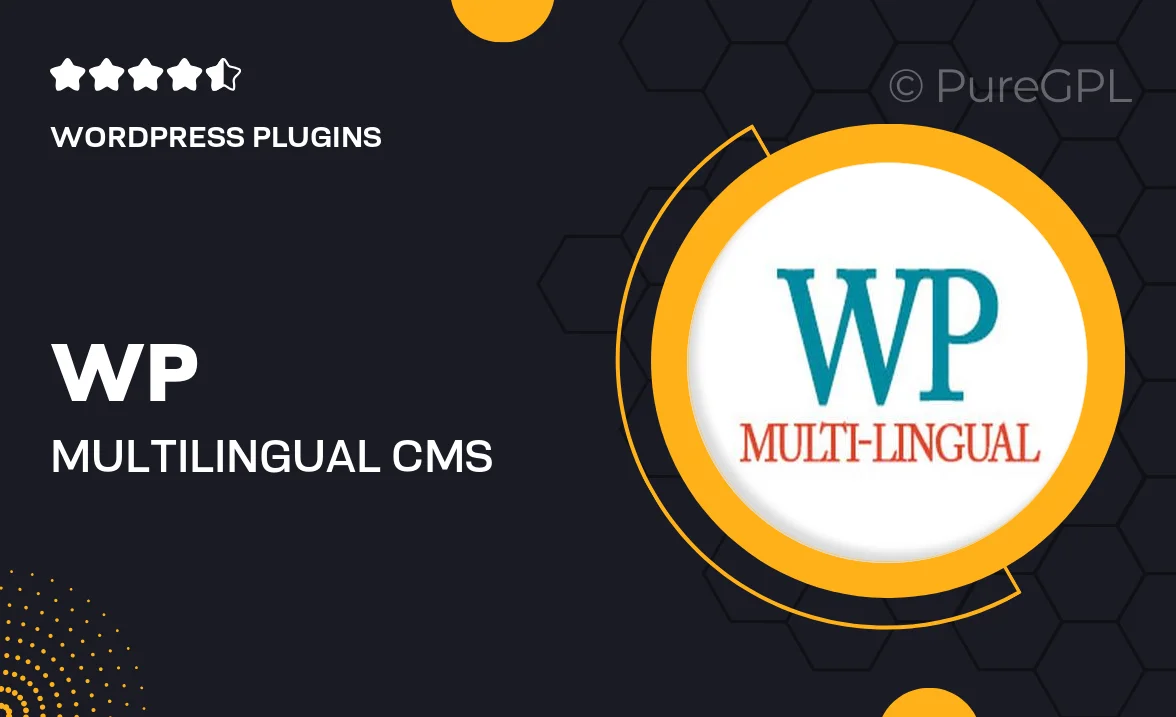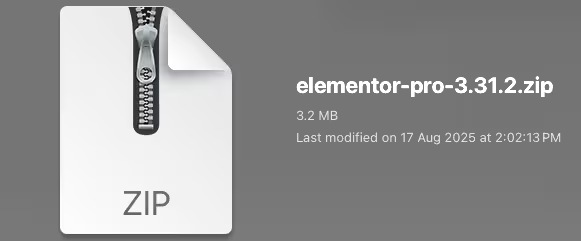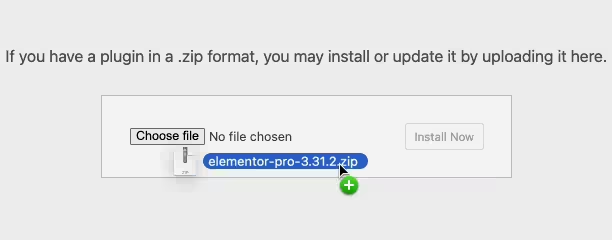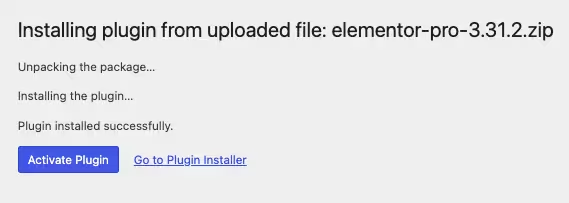Wp multi-lingual | CMS Navigation
Updated on: May 23, 2025
Version 1.5.6

Single Purchase
Buy this product once and own it forever.
Membership
Unlock everything on the site for one low price.
Product Overview
WP Multi-Lingual is a powerful WordPress plugin designed to enhance your website's accessibility by enabling multi-language support with ease. It allows you to create a seamless navigation experience for users from different linguistic backgrounds. With this plugin, you can effortlessly translate your content and menus, ensuring that your site is not only informative but also user-friendly for a global audience. Plus, it integrates smoothly with various themes and other plugins, making it a versatile solution for any website. What makes it stand out is its intuitive interface that simplifies the translation process, allowing you to focus on what matters most—your content.
Key Features
- Easy-to-use interface for quick translations and setup.
- Supports multiple languages, catering to a global audience.
- Seamless integration with most WordPress themes and plugins.
- Customizable language switcher for easy navigation.
- Automatic language detection to enhance user experience.
- SEO-friendly structure to maintain search engine visibility.
- Regular updates and support to ensure compatibility.
- Multilingual SEO optimization for better ranking.
Installation & Usage Guide
What You'll Need
- After downloading from our website, first unzip the file. Inside, you may find extra items like templates or documentation. Make sure to use the correct plugin/theme file when installing.
Unzip the Plugin File
Find the plugin's .zip file on your computer. Right-click and extract its contents to a new folder.

Upload the Plugin Folder
Navigate to the wp-content/plugins folder on your website's side. Then, drag and drop the unzipped plugin folder from your computer into this directory.

Activate the Plugin
Finally, log in to your WordPress dashboard. Go to the Plugins menu. You should see your new plugin listed. Click Activate to finish the installation.

PureGPL ensures you have all the tools and support you need for seamless installations and updates!
For any installation or technical-related queries, Please contact via Live Chat or Support Ticket.